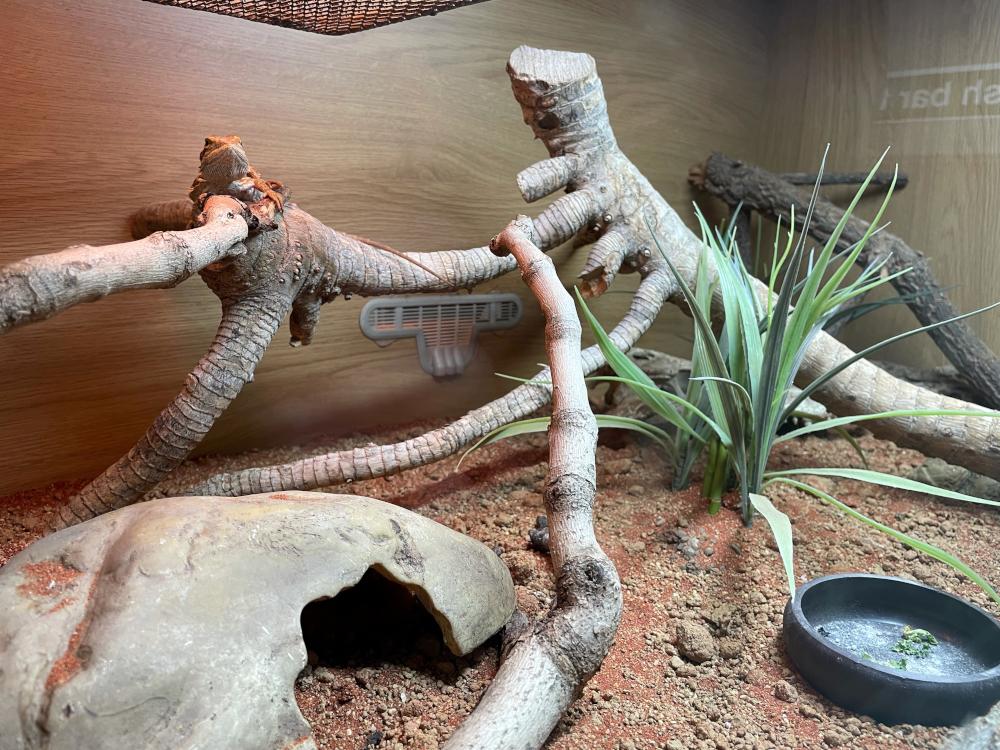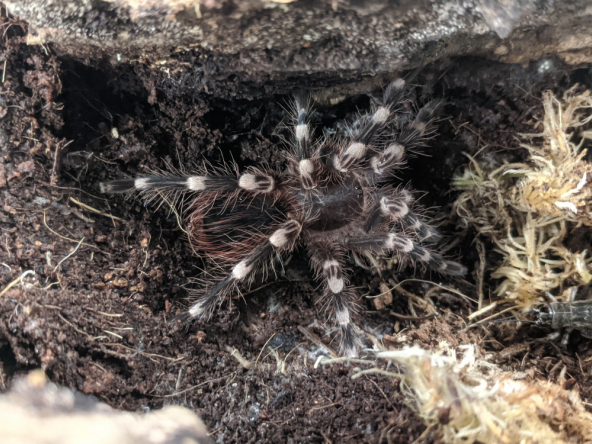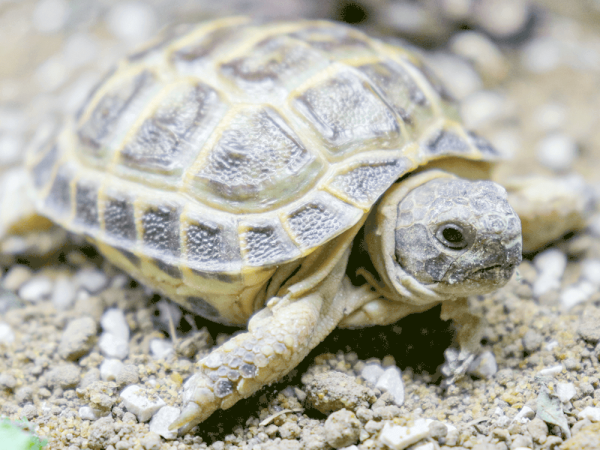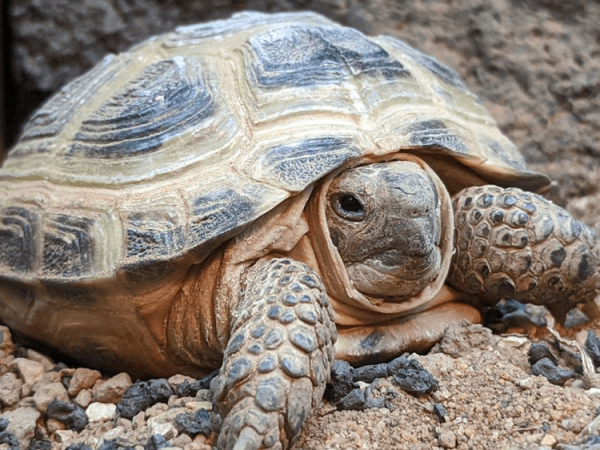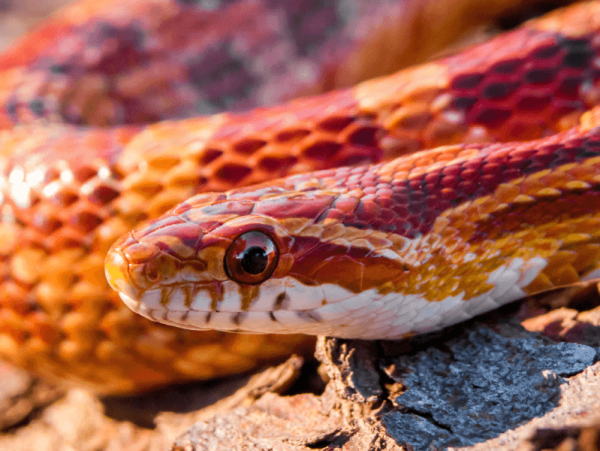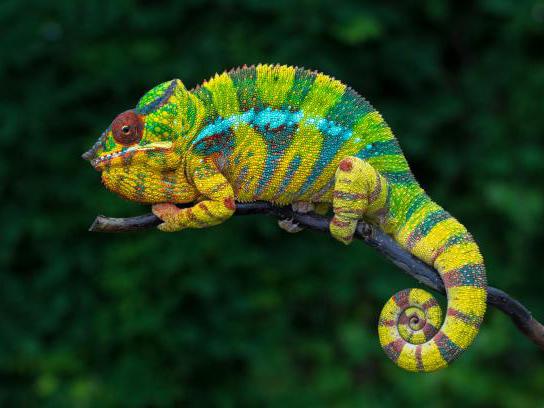Creating your own desert set up
When it comes to decorating your own vivarium, you have three options, desert, rainforest/tropical or woodland. If you're planning on keeping a bearded dragon, leopard gecko, tortoise or uromastyx, then a desert setting is for you.
For the likes of bearded dragons, a desert set up needs to be hot and dry and 10-12% UVB.
Wooden vivariums are ideal as they are dry and the wood is a great source of insulation, keeping the heat inside the viv while a glass terrarium would likely allow the heat to escape. Don't forget that it's important to seal the viv as you would with any other, waiting at least 48 hours for the sealant to cure before letting your pet move in.
At one end of the viv you'll need a basking light and UVA to create a warm area for your reptile to bask and keep warm. It's a good diea to keep these two things together as most reptiles associate light with heat. Next you may want to add heat mat in the middle of the viv for an ambient temperature. At the other end of the viv however, you need a cooler area where shade is offered .
Substrate in a desert vivarium can vary and different people often do it differently, some include natural desert sand or calcium sand. However, this can pose problems if your reptile accidentally eats the sand along with the regular food it can cause Impaction - which can greatly affect your pet's health and prevent them from digesting food. Therefore many people opt for lino, kitchen tile or cage carpet to prevent this from happening.
No matter what set up you go for, it's important to ensure your animal has plenty of room to do their thing, bearded dragons in particular need lots of space and can get really unhappy in a cramped vivarium.
Leopard geckos are considered to be desert reptiles but since they are nocturnal they are less used to sun than other desert reptiles, and so a cave can be beneficial to hide in.




